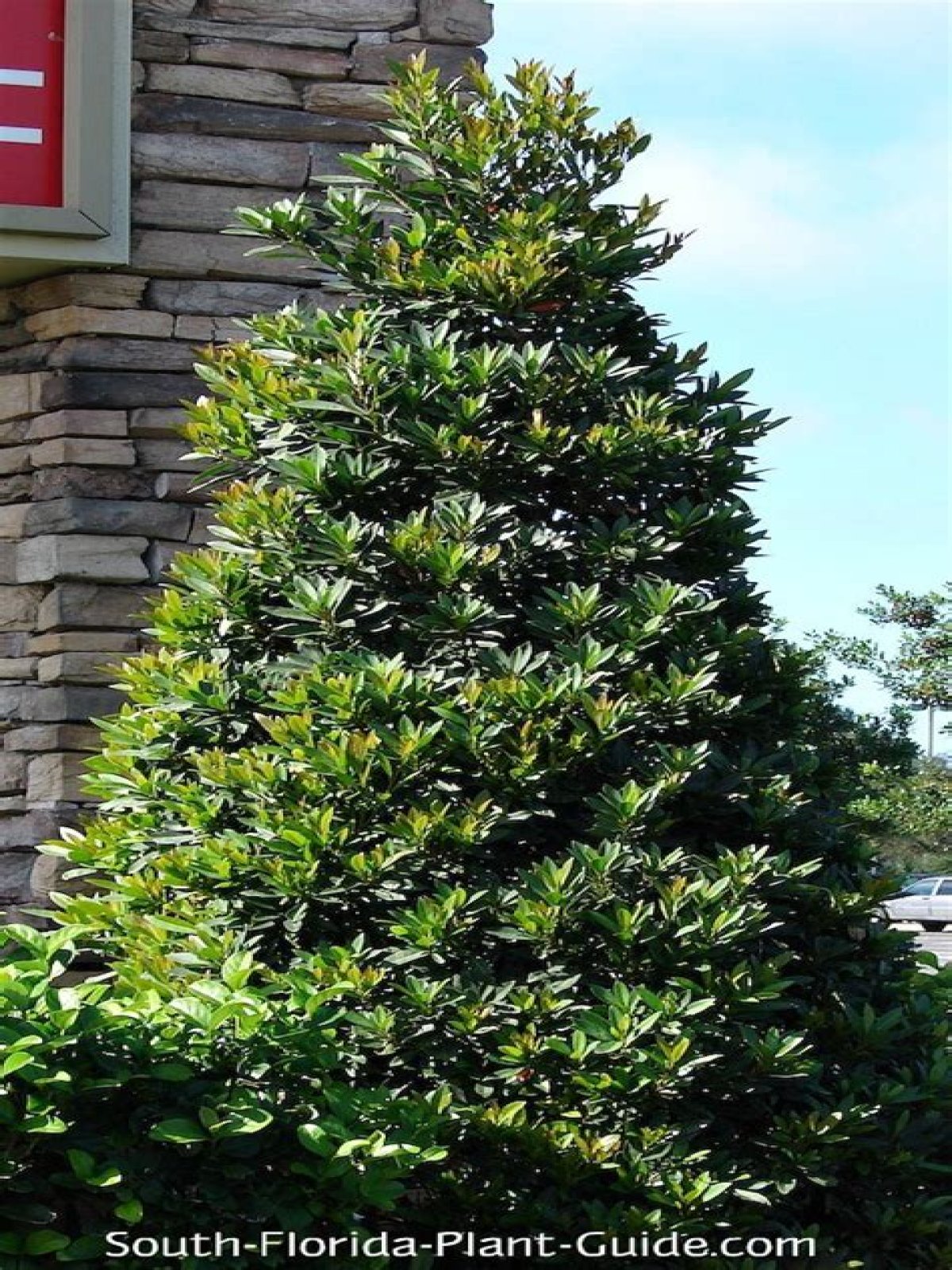Japanese Blueberry, also commonly known as Elaeocarpus, are great low maintenance, high impact, versatile trees. Native to China and Japan, this evergreen can grow to be 60 feet in height and spread. Captivating year round, these evergreens offer something of interest in every season.
Is there a dwarf Japanese blueberry?
Upright in shape and easily trainable as a column, Dwarf Japanese Blueberry Tree is adaptable and easy to maintain. With fragrant flowers and small non-staining fruit, new leaves emerge bronze, maturing to green and then changing to red before retiring.
Is Japanese blueberry native to Florida?
The Japanese Blueberry (Elaeocarpus decipiens) is a neat and tidy tree. It’s a recent arrival to South Florida, but Disney World has been growing it for years. It originally was used in California, where it has done well.
Why do Japanese blueberries turn red?
Magnesium deficiency is a common cause of red leaves, which can be resolved with Epsom salt. Another problem you may encounter when dealing with nutrient deficiencies in your blueberry plants’ soil is magnesium deficiency. You can spot this if you notice the veins in your plant’s leaves turning red.
How big does a Japanese blueberry grow?
It typically grows to 20 to 35 feet in height with an equal spread, but it can become larger with time (mature trees in nature are known to be 60 feet). Plant in full sun or partial shade in well-drained soil and water regularly until well established. It does best with fairly regular irrigation.
How fast does a Japanese blueberry grow?
During the first two years of growth, the tree reaches 10 to 12 feet in height. The tree then slows down and grows a little more each year, eventually reaching heights of 20 feet. Without pruning or training, these trees grow as tall as 30 to 60 feet in height and 20 to 40 feet in width at maturity.
Can Japanese Blueberry survive freeze?
From this Texas A&M Horticulture site, Japanese Blueberry, we learned that it tends to become chlorotic on alkaline soils, and can sustain frost tip damage even in Zone 8.
How do you prune Japanese blueberries?
Prune about once a year, at the beginning of the growing season. Depending on the weather, prune around late February and early March. If growing one in tree form, prune off suckers at the bottom as they appear. Prune the lower suckers because they take food and water from the main tree.
Are Japanese blueberries poisonous?
How does a Japanese blueberry taste? Japanese blueberries are not edible for humans. Birds and other small animals do enjoy the berries.
How hardy are Japanese Blueberry trees?
It is cold hardy into USDA Zone 8 where winters do not go below 10 or 15 degrees F, such as the Pacific Northwest and Southern California. The leaves emerge with an attractive bronze coloring later turning dark shiny green. Attractive fragrant foliage lures nectaring pollinators like bees and butterflies.
Are Japanese blueberries evergreen?
Japanese blueberry tree (Elaeocarpus decipiens) is a beautiful, broad-leaved evergreen from East Asia. Its compact form, lush growth, and elegant branching pattern make this tree a great lawn, garden, or street tree with almost year-round appeal.
Do Japanese Blueberry trees change color?
A tightly branched evergreen shrub with bronze-colored new foliage that matures to a glossy dark green. Throughout the year, older leaves turn brilliant red before dropping. Scented creamy white flowers develop into ornamental, blue-black, olive-like fruit.
Do Japanese blueberries lose their leaves?
The Japanese blueberry tree is in the Elaeocarpaceae family and grows in USDA zones 9-11 landscapes. It is classified as an evergreen ornamental tree that likes full sun to partial shade and a well-drained soil. As an evergreen, it does not turn color or shed its leaves.
What do you do with blueberries in the winter?
Protecting blueberries over winter by covering the plants and mulching around them can be beneficial. It is important when covering the plants to trap heat much like a small greenhouse. A frame of PVC covered and securely anchored can accomplish this purpose. Also, keep your plants moist.
Why is my Japanese blueberry tree losing leaves?
Chlorosis. The Japanese blueberry tree is susceptible to chlorosis, a condition usually caused by a lack of nutrients in the soil. Symptoms include leaves lightening in color or turning yellow. In severe cases, premature leaf drop and branch dieback may occur.
How far apart plant Japanese blueberries?
Plant spacing
Because of the tree’s compact form, you can plant as close as 4 feet from the house. If planting in a row, space 4 to 5 feet apart to fill in more quickly, or 8 feet apart to leave more room between each one.
How deep are Japanese Blueberry roots?
The Japanese Blueberry root system does not grow deep into the ground but prefers to spread beyond the drip line. If the tree reaches 30-feet in height, for example, the roots may reach as far as 40-feet, according to the National Gardening Association.
Recommended Posts
o que o modo sabio dos 6 caminhos faz confira isto modo sabio dos 6 caminhos 2 qual o relogio mais caro do mundo valor confira isto qual o relogio mais caro do mundo 2 qual o porcelanato que nao escorrega confira isto porcelanato que nao escorrega que significa food services confira isto food service significado que significa runa vikinga confira isto runas vikings significado o que e negar a si mesmo confira isto quem quiser vir apos mim negue se a si mesmo tome sua cruz e siga me o que que significa emicida confira isto o que significa emicida qual o versiculo que diz que ha tempo para tudo confira isto ha um tempo certo para todas as coisas
